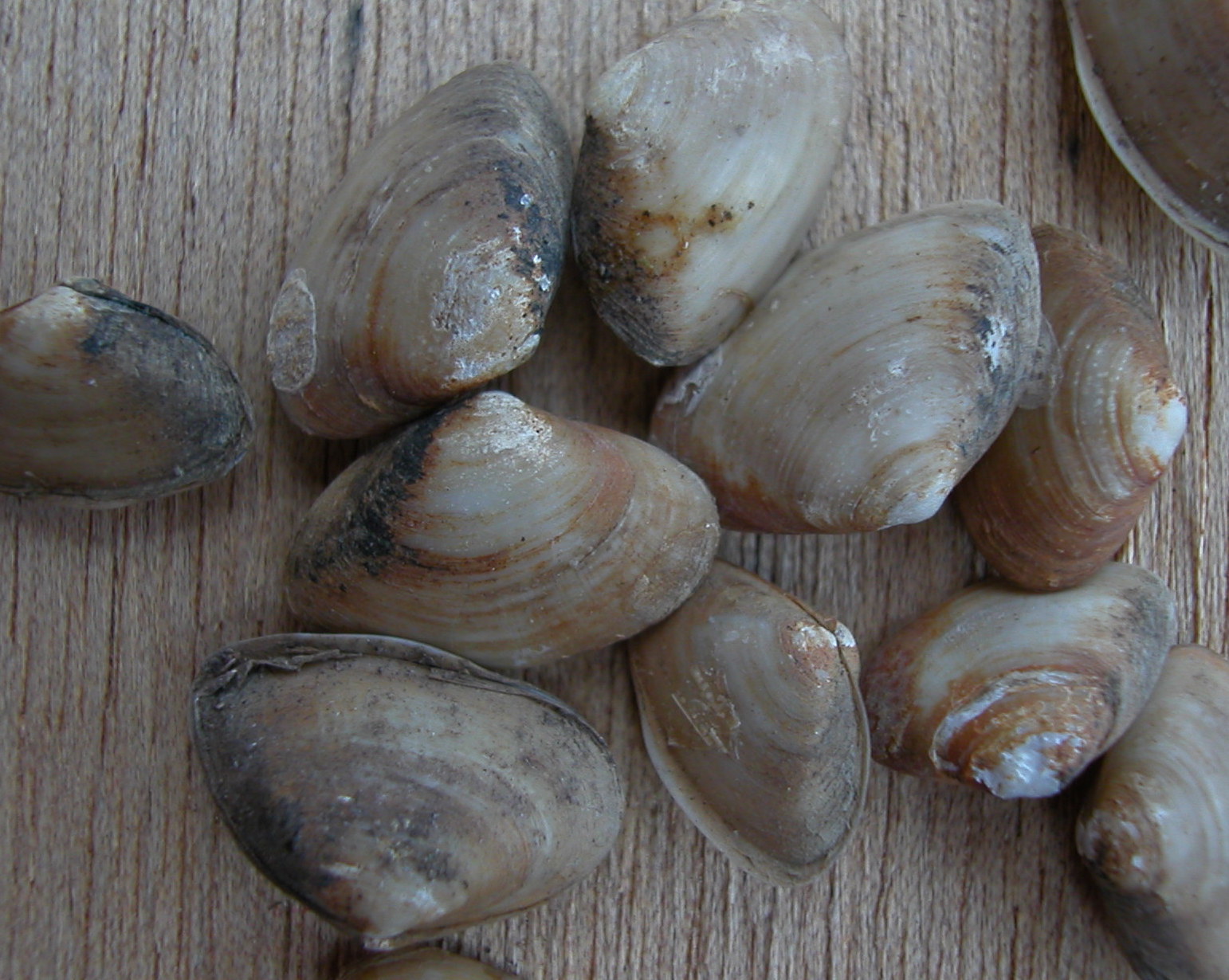 By Andrew Cohen
By Andrew Cohen
The San Francisco Bay-Delta ecosystem is the most invaded estuary in the world — with ship ballast water the dominant vector for introducing new invasions. Regulating ballast water discharges is the most effective action available to address the problem of invasive species in our estuary.
So it is striking that the draft Estuary Blueprint, the San Francisco Estuary Partnership’s five-year plan to protect the estuary, says nothing about ballast water and contains no actions to manage ballast discharges. To correct this, the Sierra Club SF Bay Chapter and other organizations have co-written a letter to the Partnership — a collaboration of local, state, and federal agencies, NGOs, and academia and business leaders working to protect and restore the San Francisco Bay-Delta Estuary — recommending the inclusion of seven specific actions to address this threat.
These actions focus on persuading the US Environmental Protection Agency (EPA) to issue ballast discharge standards that comply with the Clean Water Act. This is due to the fact that Congress took away California's authority to implement its own ballast water laws in 2018, leaving the EPA as the sole agency that can set ballast water discharge standards.
Unfortunately, the EPA's record on ballast water is terrible. When the Clean Water Act went into effect in 1972, the EPA illegally exempted ballast water discharges, stating that they cause little pollution. In the 1980s and 1990s, several major ballast water invasions made headlines — including zebra and quagga mussels in the Great Lakes, the Asian clam Potamocorbula in San Francisco Bay, toxic red tide organisms in Australia, and an emergent pandemic strain of cholera transported in ballast water to South America, where it killed over 10,000 people — but the EPA continued to exempt ballast water because it "causes little pollution."
In 1999, environmental, civic, tribal, and water organizations, supported by 18 members of Congress, petitioned the EPA to repeal the exemption and regulate ballast discharges. The EPA refused.
So environmental groups sued. Forced by the court, the EPA finally, after 36 years, repealed its illegal exemption and issued ballast discharge standards. But these standards merely duplicated existing federal rules, doing nothing to fix the problem. So environmental groups sued again, forcing the EPA to issue new standards. But these also just duplicated existing rules, so environmental groups sued again, and the court once again ordered the EPA to adopt more stringent standards that complied with the Clean Water Act. That was in 2015.
Toward the end of 2020, the EPA finally published new proposed standards (the third set). Remarkably, these are exactly the same as the old standards that the court rejected in 2015.
Environmental groups had hoped that in 2021, under the Biden administration, the EPA would withdraw the proposed standards and offer discharge standards that actually comply with the Clean Water Act. Alas, no. Rather, the EPA's plan appears to be endless delay, thereby keeping in place indefinitely the ineffective and unlawful standards that the court rejected over six years ago.
Our comment letter to the San Francisco Estuary Partnership outlines and requests strong actions to persuade the EPA to obey the law and set standards that meet the requirements of the Clean Water Act. It will be interesting to see if the partners in the Partnership, whose core funding comes from the EPA, will take the steps needed to compel the EPA to finally do its job and implement the Clean Water Act, nearly 50 years after it was passed.
The comment letter and background information can be downloaded here.
Andrew Cohen is an aquatic biologist for the Center for Research on Aquatic Bioinvasions.
Photo credit: the Asian clam Potamocorbula amurensis by Andrew Cohen/Center for Research on Aquatic Bioinvasions.